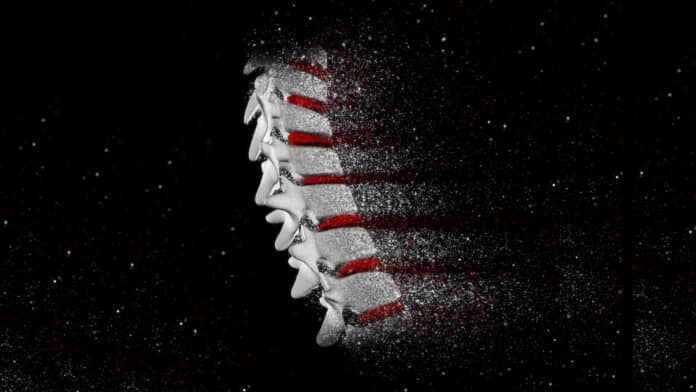Many skeletal changes occurred on the path to modern humans, resulting in bipedalism and susceptibility to musculoskeletal diseases. However, the genetic basis of skeletal proportions (S.Ps) must be better characterized.
Researchers from The University of Texas at Austin and the New York Genome Center have identified the genes that form our skeletons, from the width of our shoulders to the length of our legs, by using artificial intelligence to evaluate tens of thousands of X-ray pictures and genetic sequences.
The study is a powerful demonstration of the impact of A.I. in medicine, particularly when it comes to analyzing and quantifying imaging data, as well as integrating this information with health records and genetics rapidly and at a large scale.
The researchers set out to identify which genetic alterations are responsible for the physical variations discernible in the fossil record leading to modern humans, from Australopithecus to Neanderthals. Additionally, they were interested in learning how the skeletal proportions that permit bipedalism affect the likelihood of developing a variety of musculoskeletal disorders, such as arthritis of the knee and hip, which affects billions of people worldwide and is the main cause of adult disability in the United States.
Using deep learning algorithms, the researchers automatically quantified the distances between the shoulders, knees, ankles, and other body points on 39,000 medical photographs. These measures were compared to the genetic makeup of each individual, and they discovered 145 sites in the genome that regulate skeletal proportions.
Tarjinder (T.J.) Singh, the study’s co-author, associate member at NYGC, and assistant professor in the Columbia University Department of Psychiatry, said, “Our work provides a road map connecting specific genes with skeletal lengths of different parts of the body, allowing developmental biologists to investigate these systematically.”
The scientists also looked at how skeletal proportions relate to the main musculoskeletal illnesses, and they discovered that those with a larger ratio of hip width to height were more likely to experience hip discomfort and osteoarthritis. Similarly, those with the larger femur (thigh bone) length-to-height ratios were more prone to experience knee problems such as arthritis and discomfort. Back pain was more common in people with larger torso length-to-height ratios.
Eucharist Kun, a UT Austin biochemistry graduate student and lead author on the paper, said, “These disorders develop from biomechanical stresses on the joints over a lifetime. Skeletal proportions affect everything from our gait to how we sit, and it makes sense that they are risk factors in these disorders.”
Their research findings have ramifications for how we understand evolution as well. The scientists discovered that certain genetic regions that affected skeletal proportions overlapped with parts of the genome known as human accelerated regions more frequently than they should have. These regions of the human genome have undergone significant divergence from those shared by great apes and other vertebrates. This explains how human skeletal morphology has changed throughout time regarding genomics.
Journal Reference:
- Eucharist Kun, Emily Javan, et al. The genetic architecture and evolution of the human skeletal form. Science. DOI: 10.1126/science.adf8009
